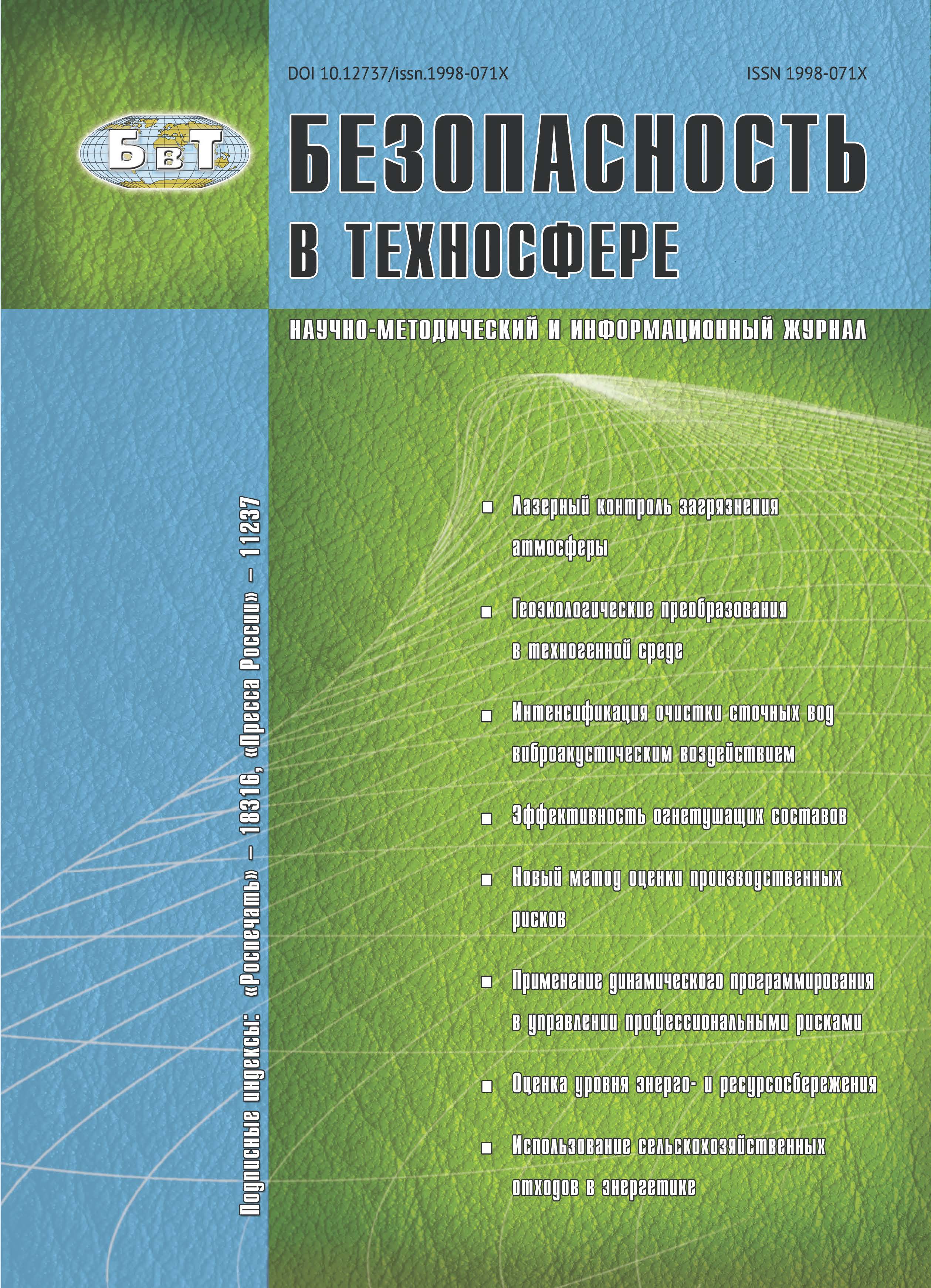Seismic safety of large-scale blasts is one of the most important geoecological aspects of open-cut mining. Seismic load of largescale blasts which defines integrity of industrial and residential objects is of special interest. The work represents evaluation of negative seismic impact of large-scale blasts at «Neryungrinskiy» open-cut on the natural and technical systems located in the blasting zone. The main characteristic of evaluated seismic load of explosion wave damaging natural and technical constructions is the maximal value of vectorial velocity of earth movement during large-scale blasts. Determination of permissible speed fluctuation included its frequency content, as waves of different frequency with equal values of drift velocity are dangerous to various extents. Peculiarities of vibrational frequency of the constructions caused by seismic load of the blasts and self-induced vibrations were taken into account while evaluating seismic load. Considering spectral content of the vibrations caused by the blasts and self-induced vibrations values of gas containers and constructions of compressor station, it’s necessary to point out that the frequencies differ for 1,5—2 times and this is the favourable factor because of impossibility of resonant phenomena occurrence. Determination of permissible velocity included swinging of the building. Swinging is understood as ratio of maximal shift of the measured at the top points of the constructions to maximal shift of the foundation ground. According to the results of direct measurement, swinging does not exceed 1,5 times that’s why it is possible to found on prevailing values of ratios, calculated by means of experimental way as statistically explained. The permissible velocity should be accepted as Uperm — 1,25 cm/s. for the objects. By “swing” we understand the correlation of maximum offset measured on top of construction to maximum offset of subfoundation. According to direct measurements offset rate stays below 1,5, therefore we can rely on prevailing experimentally obtained value of correlations and set allowable speed to Ual = 1,25 sm/s.
large-scale blasts, seismic load, maximal vectorial velocity, natural and technical objects.
1. Введение
Сейсмическая безопасность массовых взрывов является одной из наиболее важных проблем при разработке полезных ископаемых открытым способом. При постоянном увеличении добычной площади разреза «Нерюнгринский», приближении фронта горных работ к особо охраняемым объектам и повышении требований к устойчивости ранее возведенных зданий и сооружений, а также бортов разреза, вопрос о сейсмическом воздействии стоит весьма остро. Это делает необходимым проведение мониторинговых исследований сейсмических волн от карьерных взрывов и техногенных землетрясений, а также уточнение зональности сейсмического воздействия при выборе параметров взрывной технологии для конкретных условий.
Известен негативный эффект сейсмического воздействия взрывов на биообъекты. Внезапные колебания почвы или сотрясения зданий и конструкций вызывают у людей дискомфорт даже при относительно слабых амплитудах сейсмических волн.
Для сохранения природной среды, здоровья людей, целостности охраняемых объектов необходимо целенаправленное, комплексное изучение процессов, связанных с техногенным воздействием открытых горных работ на окружающую среду и человека. Для решения данной задачи в структурных предприятиях ОАО ХК «Якутуголь» организованы мониторинговые исследования сейсмического воздействия взрывов на здания и сооружения, расположенные в непосредственной близости и в ближней зоне (5–10 км) от разреза.
1. Grib N.N. Metodika otsenki i prognoza seysmicheskoy opasnosti promyshlennykh vzryvov na razreze "Neryungrinskiy" [Methods of assessment and prediction of seismic hazard industrial explosions on the cut "Neryungri"]. Irkutsk; Neryungri, Tekhnicheskogo instituta (fil.) YaGU Publ., 2007 (in Russian).
2. Mosinets V.N. Drobyashchee i seysmicheskoe deystvie vzryva v gornykh porodakh [Blunt and seismic effects of the explosion in the rocks]. Moscow, Nedra Publ., 1976 (in Russian).
3. Rubtsov N.V., Zubayraev P.Kh., Karyakin V.V. Otchet o nauchno-issledovatel´skoy rabote «Opytno-promyshlennaya proverka i ekspluatatsiya stantsii seysmokontrolya dlya korrektirovki usloviy vzryvaniya i obespecheniya bezopasnosti zdaniy i sooruzheniy razreza "Neryungrinskiy" PO «Yakutugol´» № gos. registratsii 01890069969 [Report on the research paper "Experimental-industrial testing and operation of the plant to correct the conditions seysmokontrolya Explosives and safety of buildings and constructions section" Neryungri "ON" «JAkutugol» № state. Registration 01890069969]. Magnitogorsk, 1989 (in Russian).
4. Sadovskiy M.A. Geofizika i fizika vzryva. Izbrannye trudy [Geophysics and physics of explosion. Selected Works]. Moscow, Nauka Publ., 1999 (in Russian).
5. Sadovskiy M.A., Kostyuchenko V.N. O seysmicheskom deystvii podzemnykh vzryvov [On the seismic action of underground explosions]. Doklady AN SSSR [Reports of the Academy of Sciences of the USSR]. 1974, V. 25, I. 25 (in Russian).
6. Orlenko L.P. Fizika vzryva [Explosion physics]. V. 1. Moscow, Fizmatlit Publ., 2004 (in Russian).
7. Tseytlin Ya.I., Smoliy N.I. Seysmicheskie i udarnye vozdushnye volny promyshlennykh vzryvov [Seismic and shock air waves of industrial explosions]. Moscow, Nedra Publ., 1981 (in Russian).
8. Shteynberg V.V. Metody otsenki seysmicheskikh vozdeystviy [Methods for assessing seismic effects]. Voprosy inzhenernoy seysmologii [Problems of engineering seismology]. 1993, I. 34, pp. 5-94 (in Russian).






